
Kasha Dubaniewicz
Kasha is passionate about high-impact storytelling and believes in making positive changes that will lead to a better and happier world for all.
We've said it before: pH (potential Hydrogen) is one of the most important fundamental parameters when it comes to growing healthy and consistent crops.
This is due to the fact that it is pH's job to ensure that your plants are able to access all the nutrients they need. While there are other important parameters to consider, such as EC (electrical conductivity), which indicates the total amount of nutrients available to your plant, and root zone temperature, which affects your plants' metabolic activities, the pH is what determines whether your plants will be able to get their balanced diet of nutrients.
In this article, we'll discover why pH is so important when it comes to nutrient uptake before moving on to the tell-tale visual clues that your plants may be struggling with a pH that is too low or too high.
Why is pH so important?
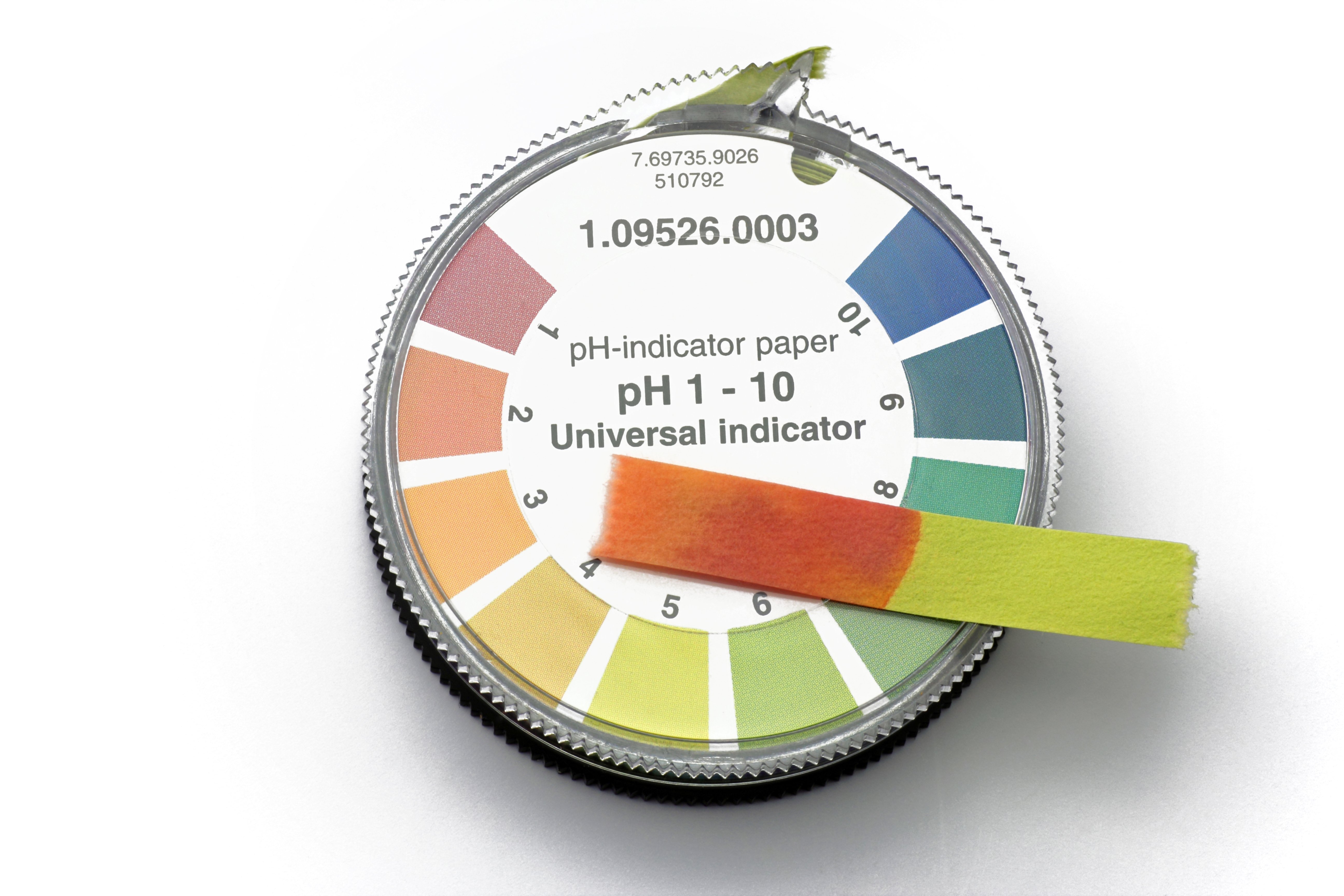
Put simply, pH is a universal scale that's used to determine the acidity or basicity of a substance or solution.
In growing, we usually measure the pH of a hydroponic solution or soil, depending on the chosen growing method, using a pH pen or meter, such as the Bluelab pH Pen or the Bluelab Combo Meter.
When you take a measurement using one of these devices, the number you see is based on the number of ions, specifically Hydrogen ions (H+). The total amount of these Hydrogen ions is what determines acidity or alkalinity; if there are more Hydrogen ions present, then your pH will be acidic (0-7) and if there are fewer H+ relative to hydroxyl groups (OH-), the pH will be alkaline (7-14). A neutral pH value is 7.
In order for nutrients to become available for uptake by your plants, these nutrients need to be soluble, or dissolved in water, where they become nutrient ions. Each of these nutrient ions will have a preferred pH range in which they'll become available for uptake. Outside of this range, your plants won't be able to access them.
That's why it's so important to keep an eye on your pH; you want to avoid a situation called nutrient lockout at all costs, where unfavourable conditions mean that your plants are unable to get the nutrients they need.
In terms of what you should be aiming for, there are two pH 'sweet spots', depending on how you're growing your crops. For hydroponics, this range is 5.8-6.5 pH. For soil, it's 6.5-7 pH. However, some plant species have their own preferred pH ranges, so always make sure that you do your research beforehand.
What happens when your pH is too low?
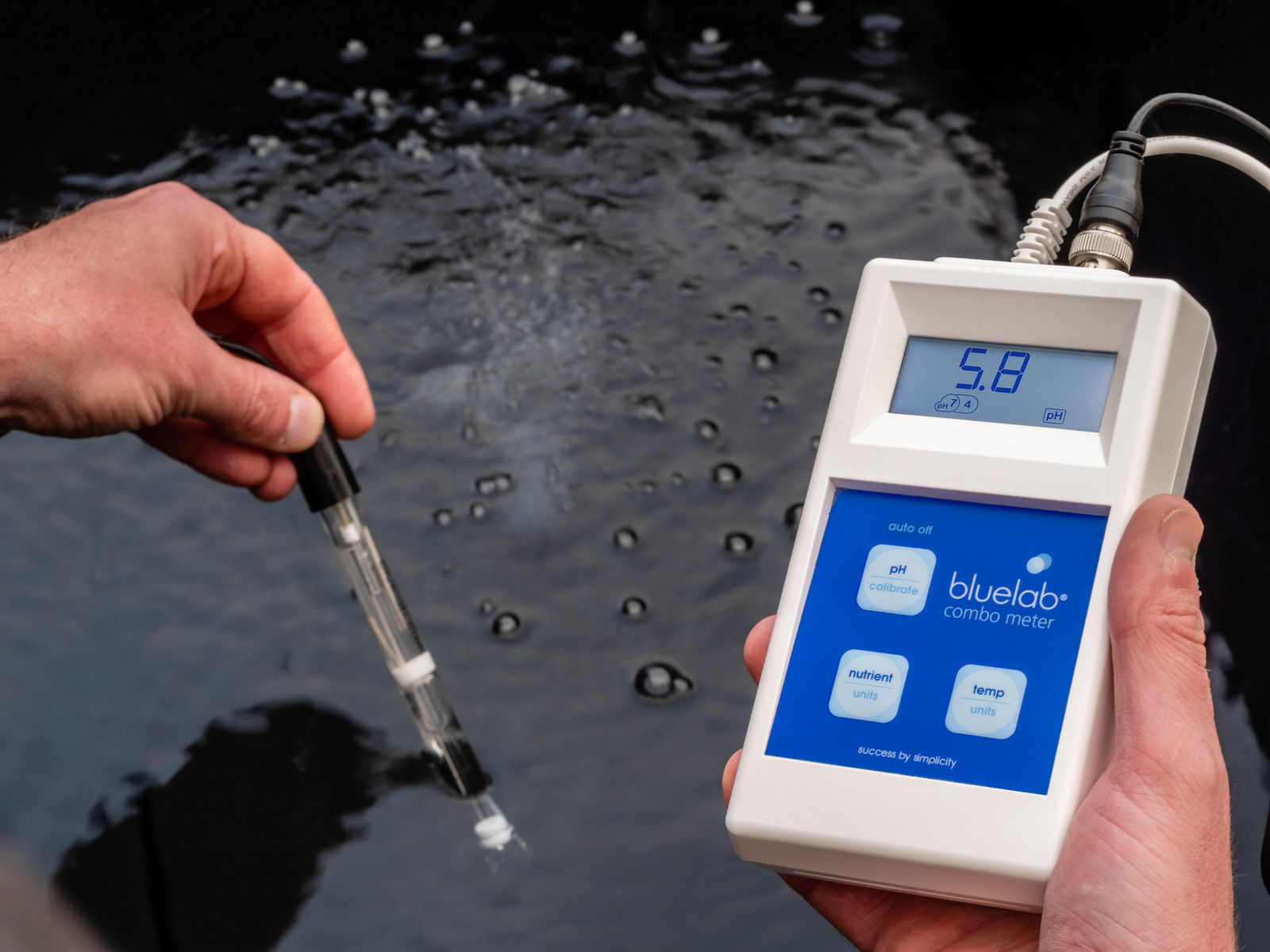
As we learnt above, a low pH is an acidic one (0-7). It should be noted that most plant species thrive in a slightly acidic environment, as this is the pH range in which most of the nutrients they need will be available for uptake. However, if the solution or soil is allowed to get too acidic, this could lead to disastrous effects on your crops over time.
The pH of your growing environment will naturally fluctuate, which is another reason why it's important to regularly measure this fundamental parameter. Your plants' growing environment could become more acidic due to a number of reasons. In soil, this can occur when your plants take up particular nutrients, leaving a deficit of others that would lower the pH, or when fertilisers or plant matter break down, releasing Hydrogen ions into the soil. In hydroponics, pH will usually lower when you add nutrient solutions, but, like soil, there could be other reasons too.
In the chart below, you can see that some nutrients will still be available within an extremely acidic pH range, while others will become locked out from the plant. What results is a situation where your plants will have a toxicity (too much) of some nutrients, such as manganese and iron, while also experiencing a deficiency (too little) of other nutrients, such as magnesium, calcium and phosphorus.
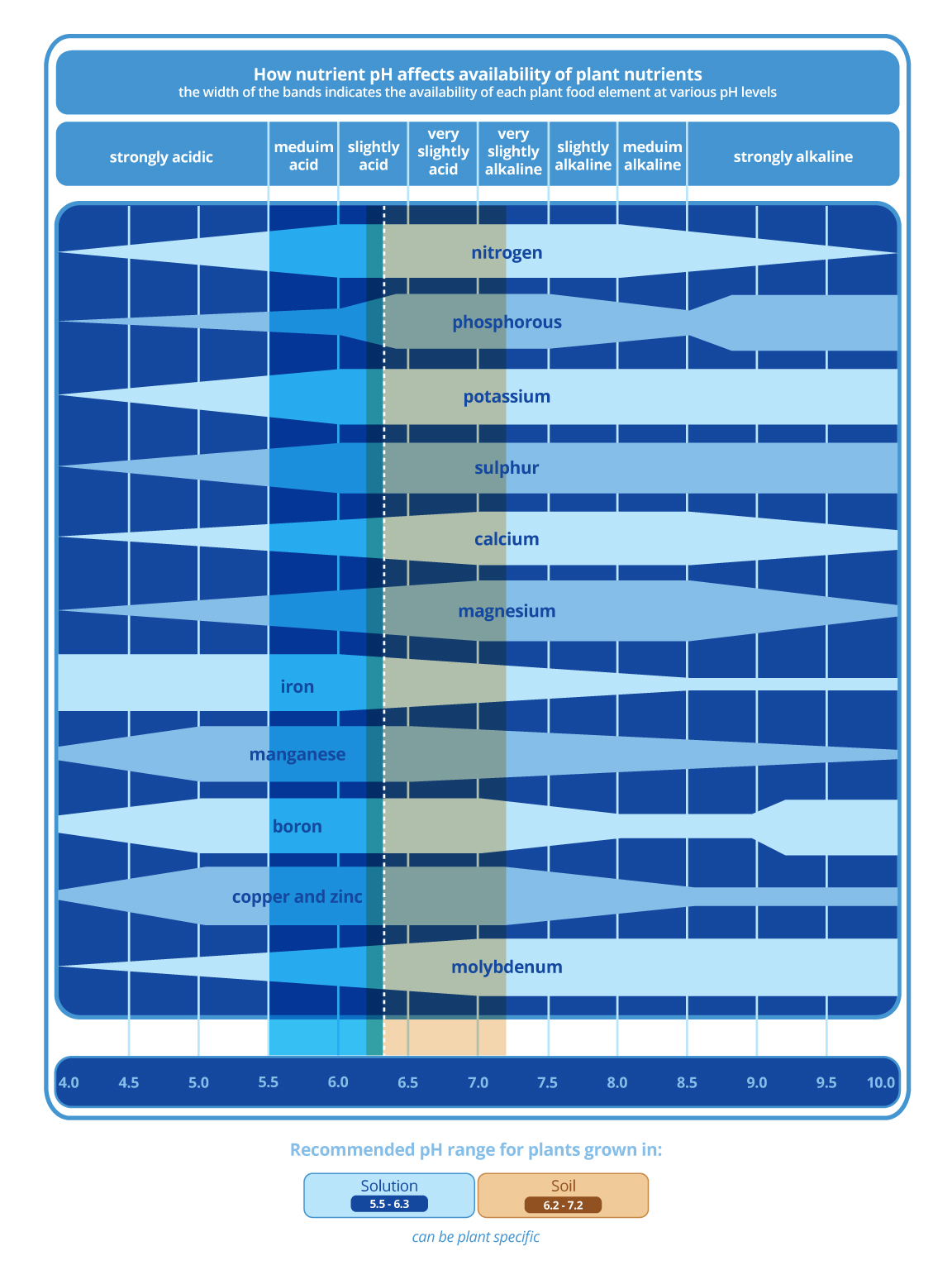
Since plants need access to a balanced diet of all the nutrients listed, it follows that a low pH will lead to nutritional imbalances that will harm your plants' health, especially if the situation is allowed to persist.
Persisting low pH is also thought to have knock-on effects like a decrease in water uptake activities in plants, as well as a disruption in the photosynthesis process.
Plant symptoms associated with low pH
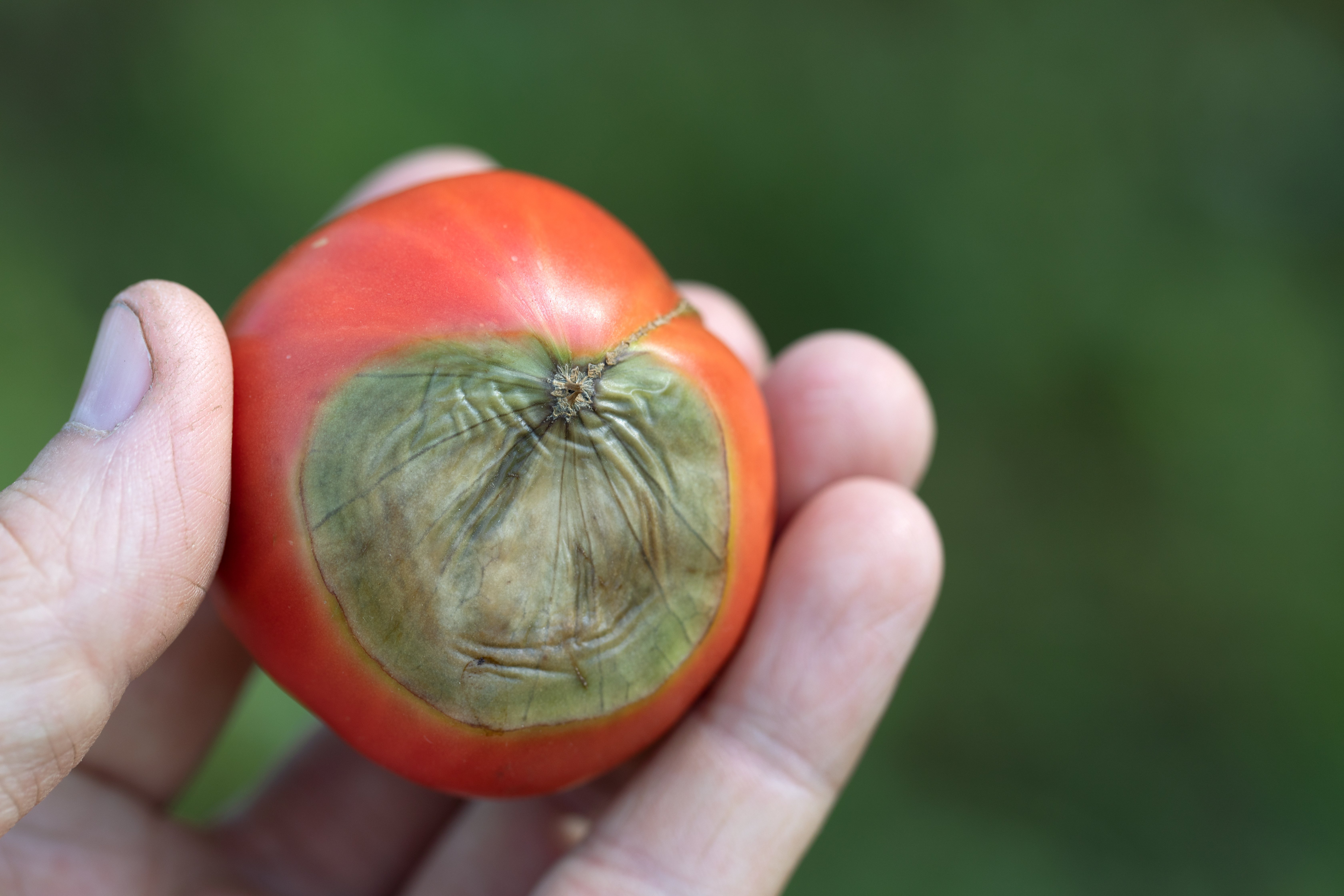
The best way to test whether your plants are struggling with a lower-than-optimal pH is to use a pH pen or meter, but there are some physical symptoms that you can look out for.
These are the most common visual symptoms associated with low pH:
- Stunted growth
- Dark green leaves tinged with red, bronze or purple
- Brown spots on leaves
- Leaf necrosis
- Withered, stunted or twisted leaves
- Leaf tip burn
- Blossom end rot in fruit
- Leaf chlorosis (where the leaf veins remain green but the rest of the leaf turns yellow)
For a full description of the common nutrient deficiencies associated with low pH, namely those of magnesium, phosphorus and calcium, check out our comprehensive deficiencies guide.
What happens when your pH is too high?
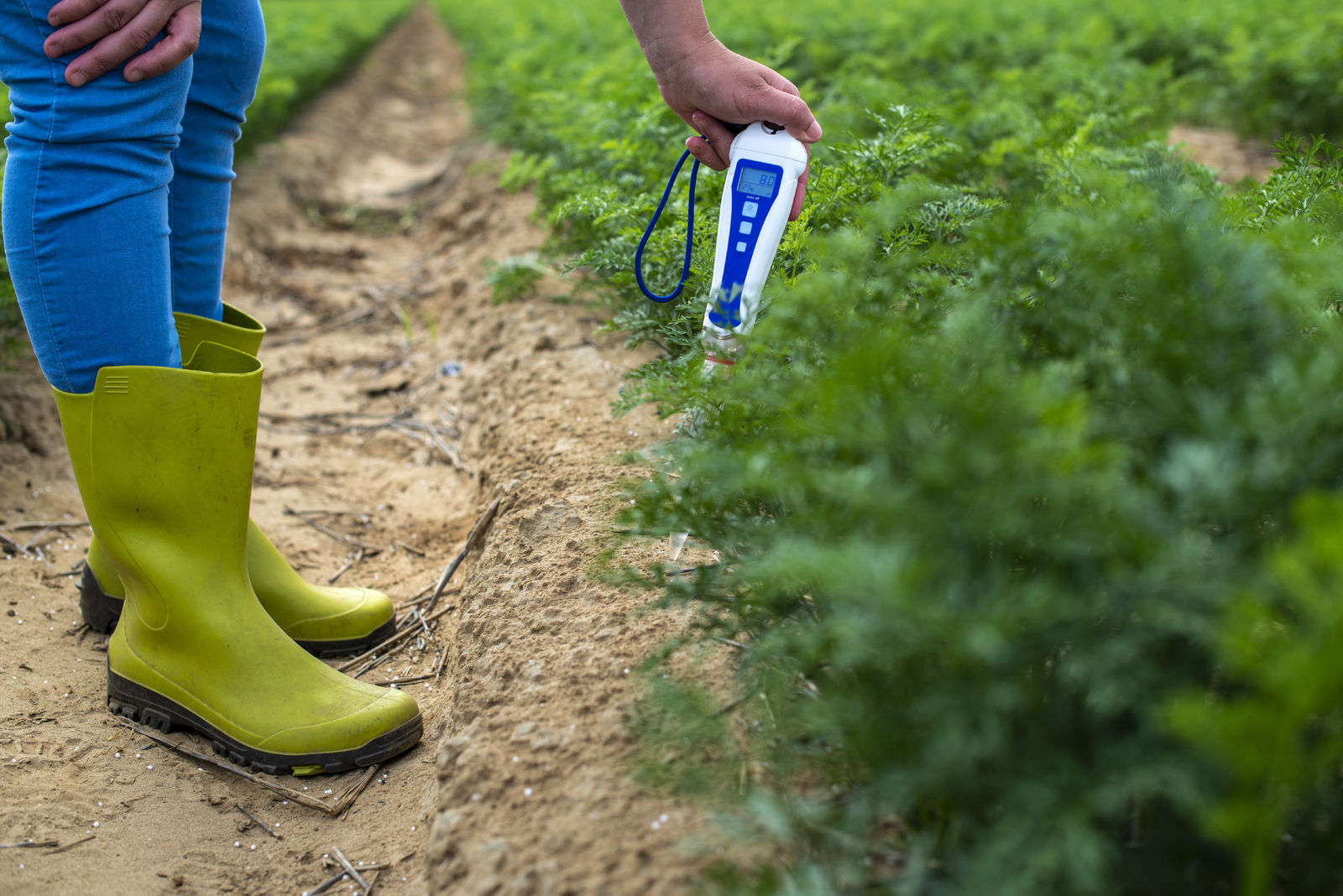
If your pH measurement is higher than expected, this means that it would be alkaline if it falls within the 7-14 pH range. Some plant species can still thrive in more alkaline environments, which is why it's important to do your research beforehand. For other crop types, dealing with a pH that's consistently too high will lead to a number of potential issues.
If you refer to the chart above, which looks at how nutrient pH affects nutrient availability, you'll see that a number of nutrients become less soluble - or available - within an alkaline pH range. As with a low pH, if your plants are dealing with a higher-than-optimal pH range, this could lead to a toxicity of some nutrients and a deficiency of others.
The most common nutrient deficiencies associated with a higher pH include calcium, phosphorus, iron and copper, but your plants are likely to be experiencing a combination of nutrient deficiencies at the same time. These deficiencies occur when the high pH causes some nutrients, such as iron and calcium, to precipitate out, thereby becoming unavailable to your plants.
In terms of what causes pH to climb, there are a variety of reasons. In soil, it's best practice to carry out a soil analysis so that you can be aware of its composition and, therefore, any potential issues, including a natural alkalinity. However, treating your soil with a fertiliser that contains a lot of carbonates would also cause a higher pH. In hydroponics, a higher pH can be attributed to using hard water (read our article on why water quality is important) or the overuse of additives that contain carbonates.
Ultimately, as with a low pH, a higher pH means that your plants won't be able to get their balanced diet of nutrients, which will have drastic effects on crop yield and quality if these conditions are allowed to continue unchecked.
Plant symptoms associated with high pH
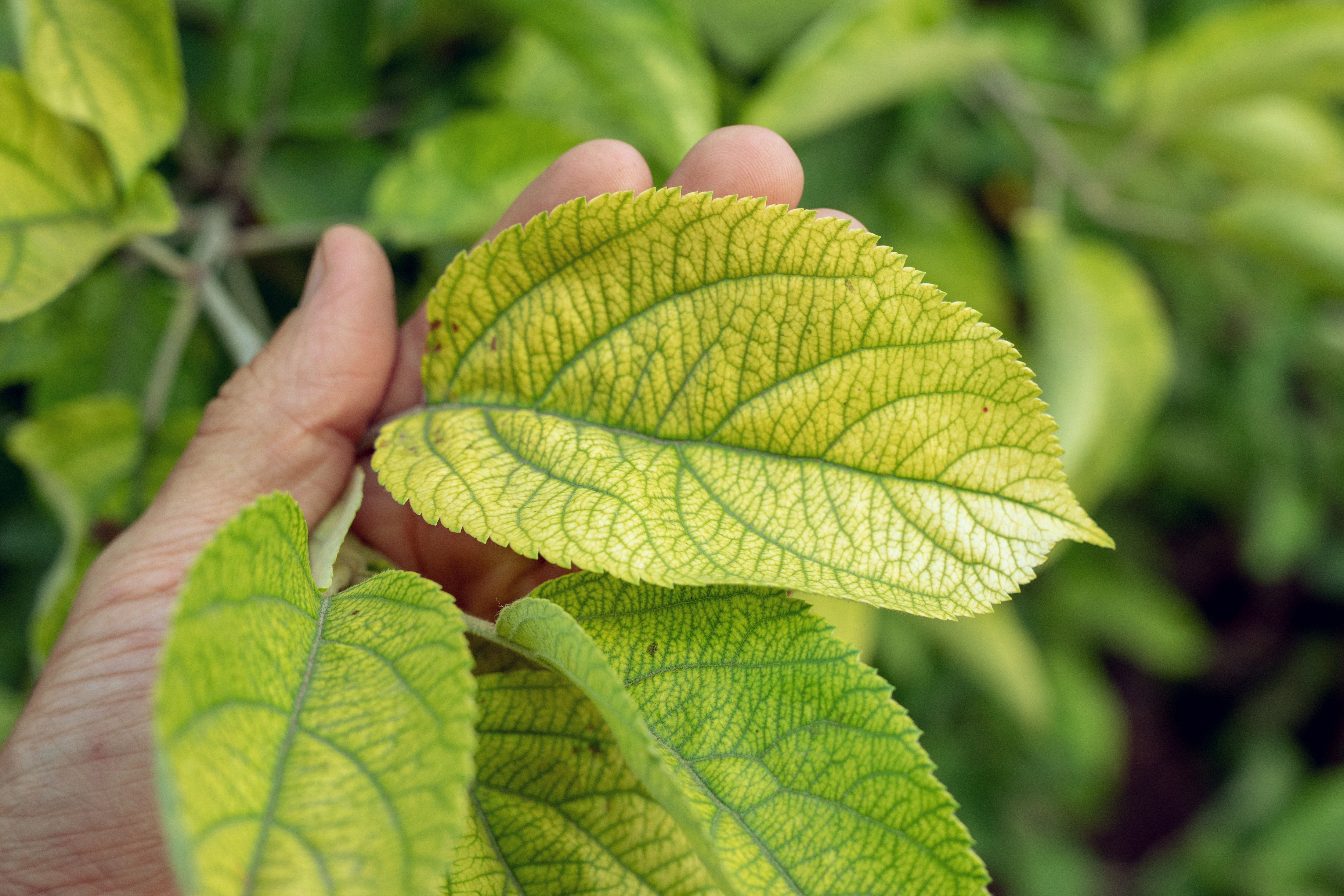
As with low pH, the quickest and easiest way to determine whether your plants are struggling with a higher pH is to measure pH using a pen or meter.
That said, there are a few different visual clues that show that your plants are experiencing higher pH:
- Interveinal leaf chlorosis
- Tip death of new leaves
- Stunted or wilted leaves
- Spots of leaf necrosis
- Blossom end rot in fruit
- Brown spots on leaves
- Dark green leaves tinged with red, bronze or purple
For full descriptions of the nutrient deficiencies most commonly associated with a higher pH, namely iron, copper, calcium and phosphorus, take a look at our nutrient deficiencies guide.
How to adjust pH - and learn more about your fundamental parameters
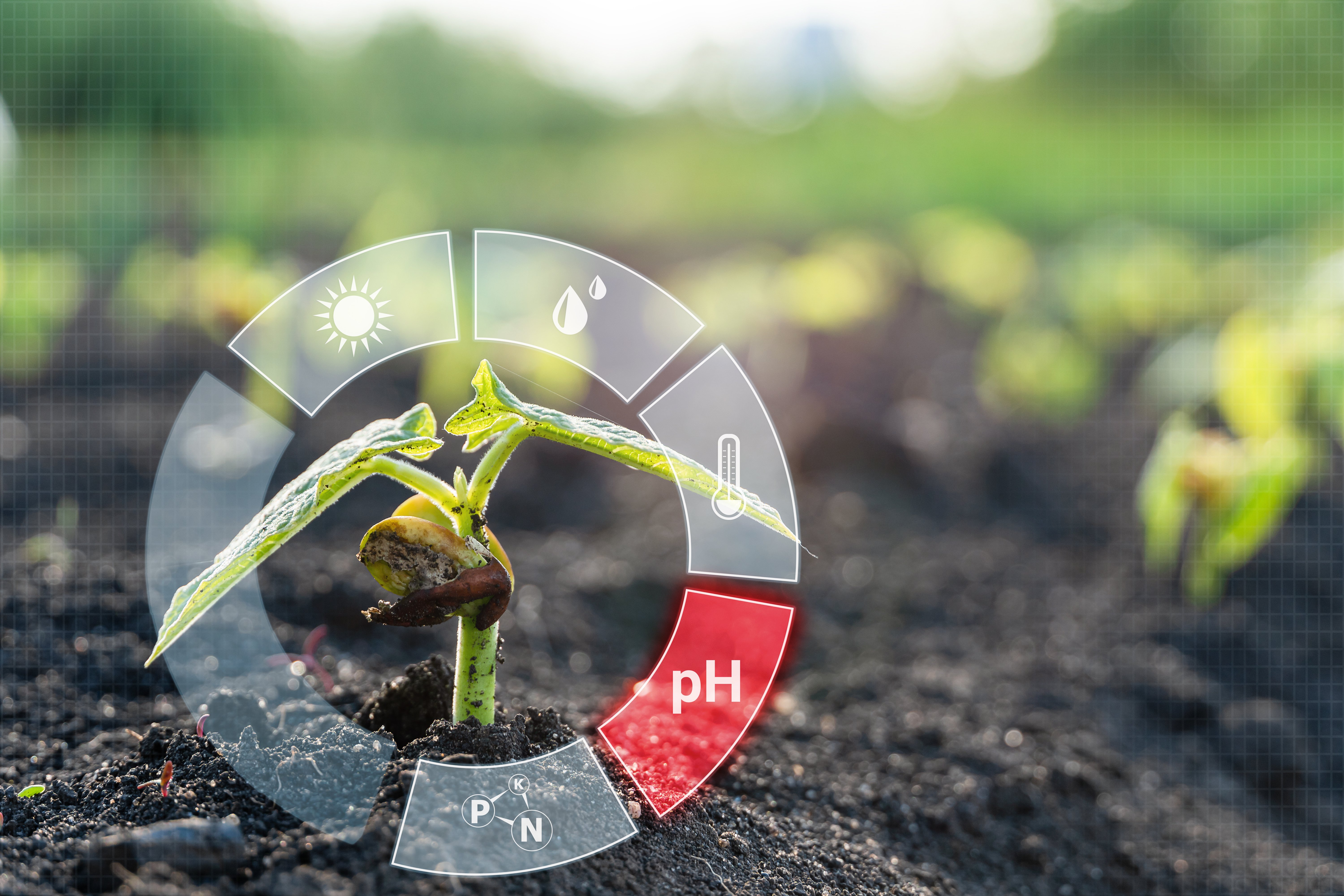
Now that you know how important pH is for your growing environment - and what could happen if this parameter isn't checked on a regular basis - you need to learn how to adjust pH levels.
The method for adjusting pH differs according to whether you're growing hydroponically or in soil. We cover these methods in our article on pH, EC and temperature - measuring and adjusting your fundamental parameters.
In this guide, you'll also find out more about two other essential parameters, EC and root zone temperature, and learn about their role in your plants' ability to take up the nutrients they need.
Featured products:
Bluelab pH Pen
Bluelab Combo Meter
Other recommended products:
Bluelab Truncheon Nutrient Meter
Bluelab Soil pH Pen
Bluelab Pulse Multimedia EC/MC Meter





Submit a comment